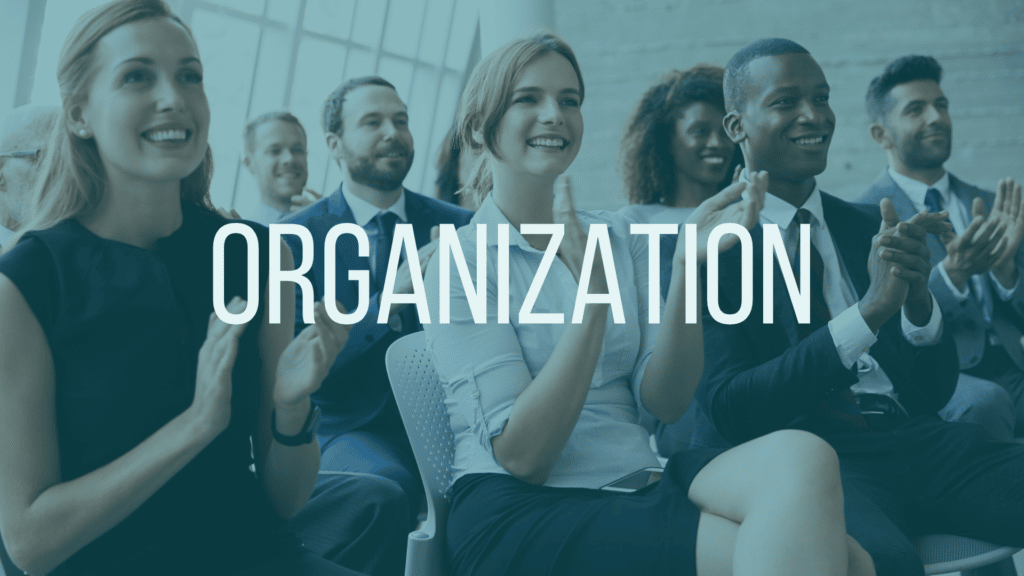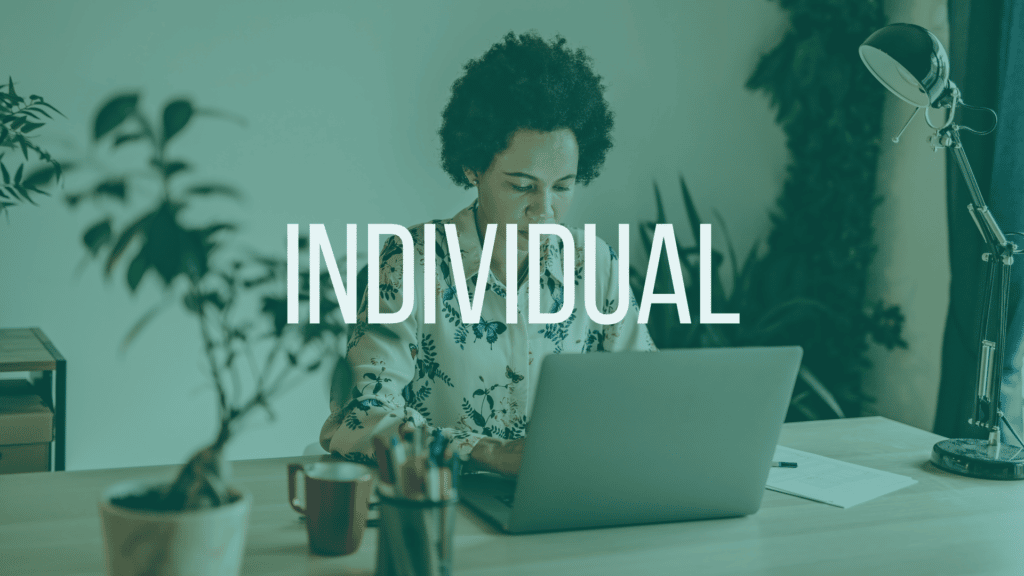Research by SHRM suggests that more than 50% of the US workforce will look for a new job in 2021 and nearly 25% will quit outright once COVID restrictions are lifted(1). “The Great Resignation” is a phrase being used to describe the aftermath as COVID-19 restrictions subside across the nation and employees return to the workplace. What is driving these changes and how will organizations respond?
In the past 16 months, ways of working have changed dramatically, and many employees are reflecting on whether their current job meets their needs. Historically, research shows that employees leave jobs due to poor manager-employee relationships, lack of developmental opportunities, lack of opportunities to do meaningful work, and difficulty achieving a work-life balance. Considering the mindset shift resulting from the pandemic, are these still the predominate factors leading people to leave?
Interestingly, Korn Ferry recently polled their LinkedIn audience and found that many people believe that company culture and location flexibility will be the driving forces causing employees to leave jobs (2).
Company Culture – Empathetic leadership Needed
The pandemic shook each company differently, but none were left untouched. The leadership of these organizations were highly tested, as new and unknown challenges were presented. The shift from directive leadership to empathetic leadership became even more critical as unforeseen events frequently arose.
Interestingly, the greatest challenges leaders faced during the pandemic were not related to policies, logistics, organizational politics, or finances. While issues in these areas are always a priority, the greatest challenges leaders faced during the pandemic were learning to empathetically engage with their employees and their customers.
Leadership empathy is the ability to understand and positively react to others’ thoughts, feelings, and rationale through inclusion. Through leadership empathy, leaders:
- Seek perspectives, ideas, and innovative solutions by encouraging others’ involvement in thinking through situations
- Coach others through transition, elevate performance, and advance careers
- Build trust and create an inclusive environment by involving employees and making them feel valued and respected
Self-reflection Questions:
- How is your leadership empathy?
- Do your employees feel understood, valued, and respected?
- What are you doing to engage employees and customers/clients more empathetically?
Thinking Ahead:
The pandemic showed us that the nature of work is changing and traditional work practices are no longer fit for purpose for many jobs. Once COVID restrictions subside, organizations can expect to see large numbers of employees demanding greater flexibility and changes to organizational policies that support their needs, or they may choose to leave if company cultures do not change to keep pace.
Organizational cultures are deeply engrained and take time to change. Companies will best succeed, when leaders understand that cultural change takes place more effectively when worked at three levels: organizational, team, and individual. Leaders can play a critical role in shaping the desired cultural transformation.
From an organizational perspective, answer these questions:
- How can you re-imagine the future for your employees and your organization?
- How can you re-define organizational strategies to fit the new normal?
- What resources are dedicated to support upskilling empathetic leadership skills?
As a team leader, your responsibilities include reinforcing cultural values and beliefs by sharing how these values can be leveraged to thrive in the next normal work environment. Also, given the potential for “The Great Resignation”/talent departure, it is important to consider:
- Do you need to Jump Start your team to refocus everyone on a new strategic direction with amended priorities?
- How can you re-engage your employees, especially those at high risk for leaving?
- Are there specific employees at risk of leaving that you should “re-recruit” to “make the save?”
- What efforts are needed to onboard new employees or help existing teams reconnect (beyond Zoom and Teams calls)?
As an individual, continue to assess your own empathetic leadership style and commitment to organizational values:
- How should you re-calibrate strategic direction based on evolving people and organizational needs?
- Are you reinforcing organizational culture through your actions?
- What development is needed to demonstrate your learning agility and commitment to the organization?
Ready to learn more?
WLH Consulting, Inc. has worked with organizations in the human capital space throughout the pandemic and continues to support teams and individuals as they prepare to reenter the workplace. WLH offers a wide array of blended learning solutions focused on leadership development, leading with empathy, and retaining talent to help organizations and their employees thrive, even during times of extreme stress and uncertainty. As change execution experts, we understand what helps employees Change and Thrive! Schedule a call with one of our experienced consultants to discuss our programs and how we can best address your needs.
VIMEO
REFERENCES:
ARE YOU INTERESTED IN LEARNING MORE ABOUT OUR BLENDED SOLUTIONS?
WLH helps organizations, teams, and individuals think, plan, and execute with excellence. Schedule an Exploratory Call to learn more!




